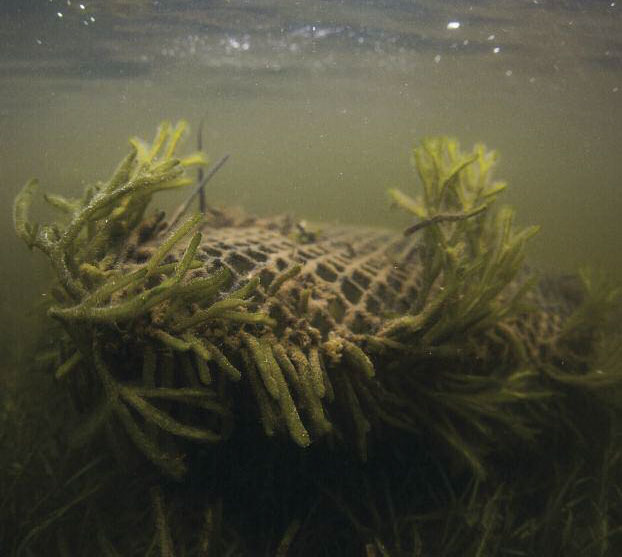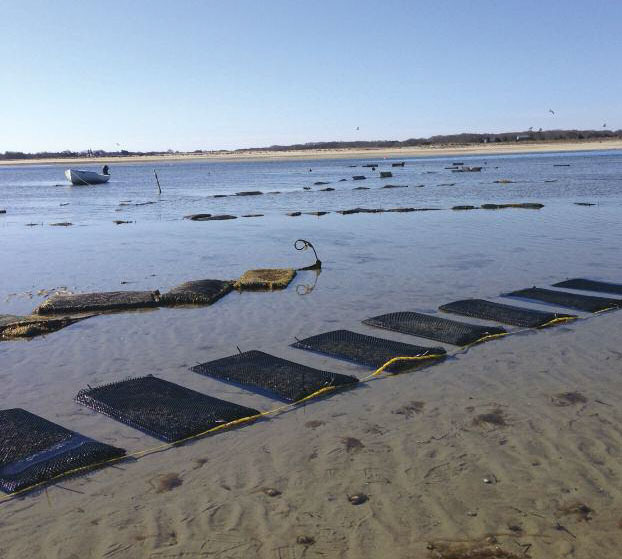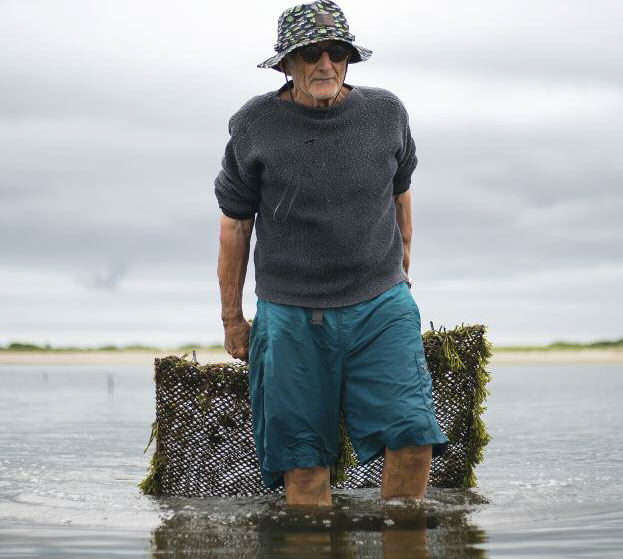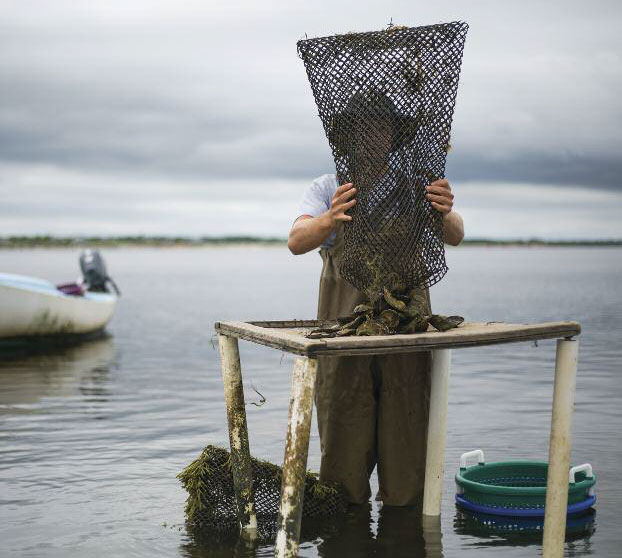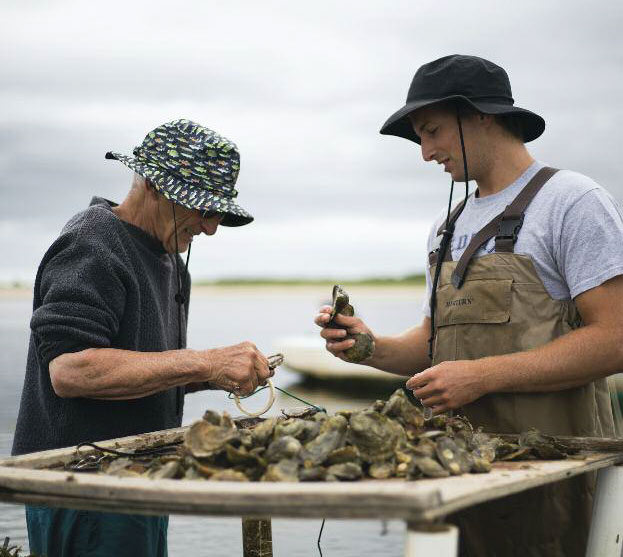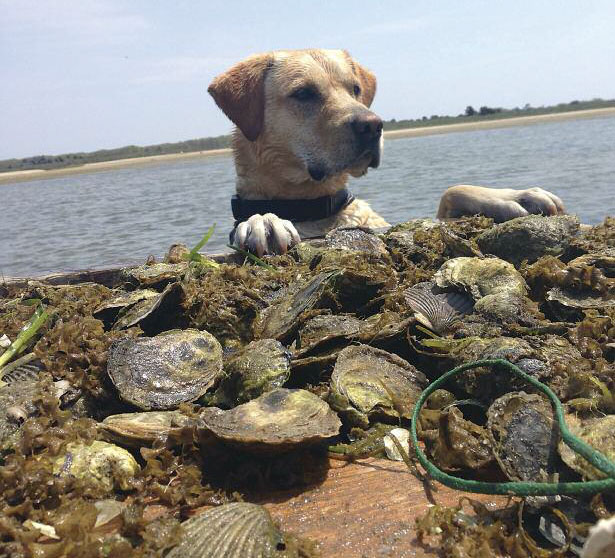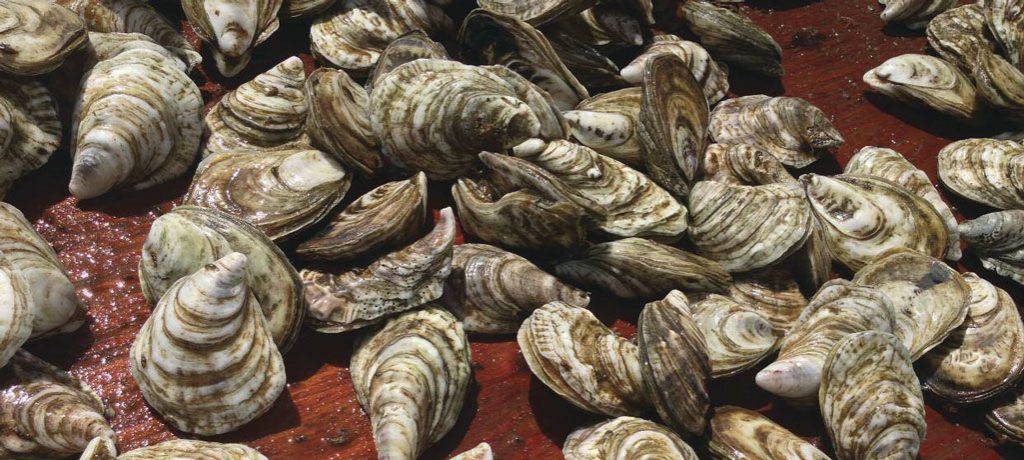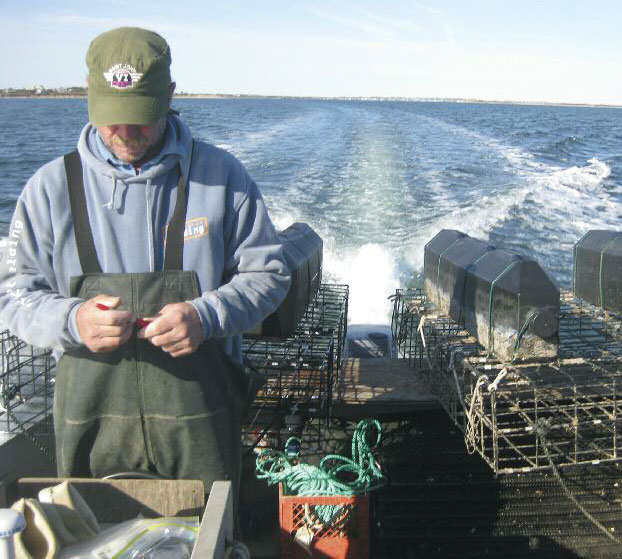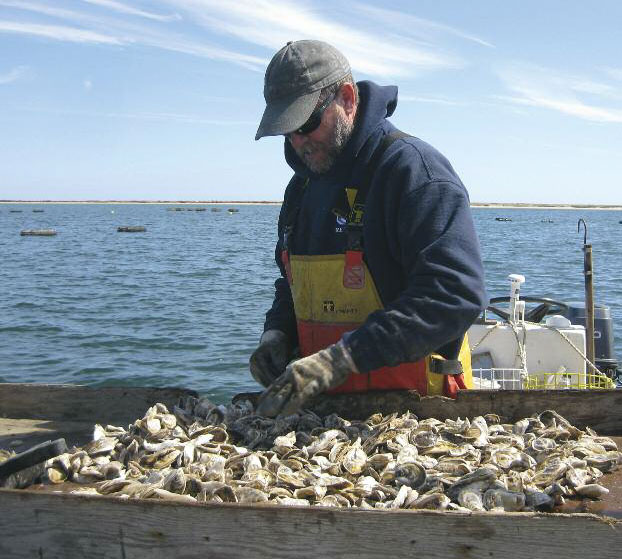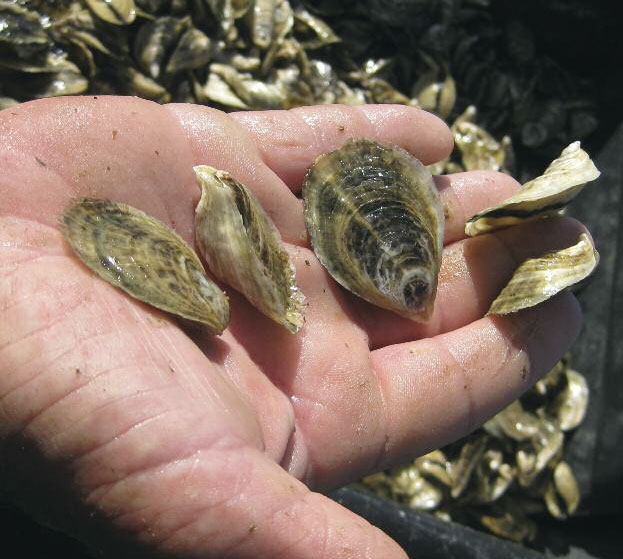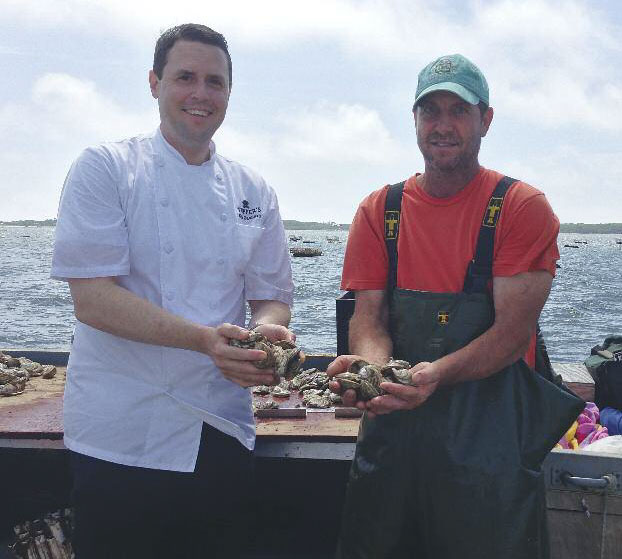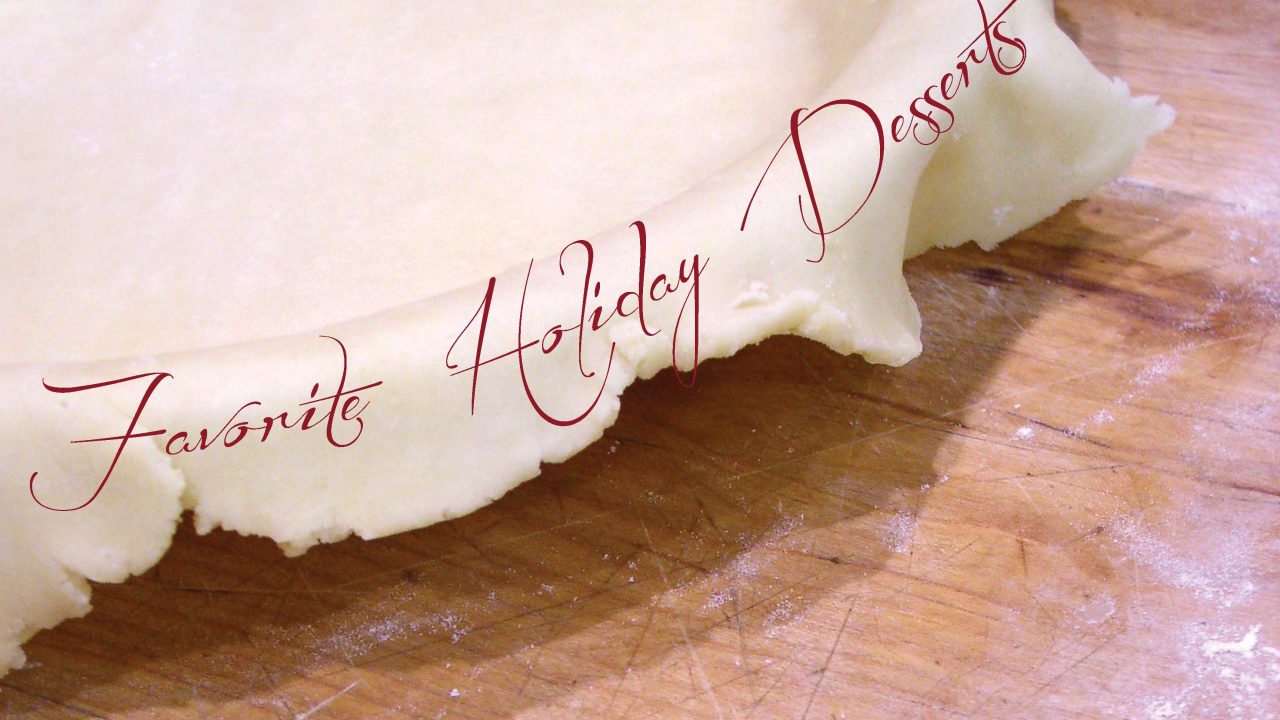Ode to the Oyster
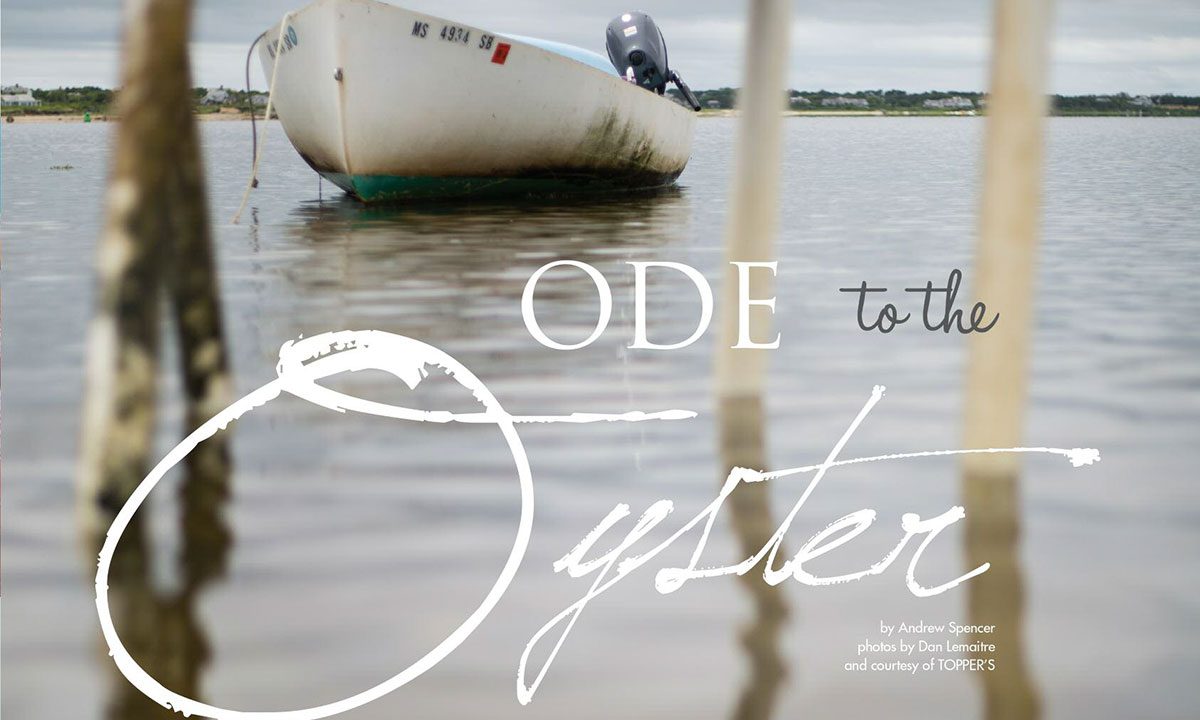
by Andrew Spencer
British satirist Jonathan Swift – the author of, among other things, Gulliver’s Travels – once said, “He was a bold man that first ate an oyster.” And anybody who has had the experience of looking down at a freshly shucked oyster and thought about eating it would probably have to agree. That first gastronomic pioneer was either very bold or very hungry. Or perhaps even both. Whatever the situation was that made that little morsel look so appealing; those who love to eat oysters are forever indebted to that individual.
And who that man (or woman) was will probably remain a mystery for eternity. According to an NPR report, scientists found a cave in South Africa that showed evidence of a shellfish meal having been consumed there approximately 164,000 years ago. Whether or not oysters were on that prehistoric menu, however, is still up for debate. What is very much not a matter of argument, however, is that oysters have become a mainstay of many a seafood dining experience. For those oyster lovers dining on Nantucket, you now have the option of ordering oysters grown right here in the waters around the island.
Nantucket has been home to oyster farming since 1982, when the Town authorities granted the first oyster farming license to Martin Feeley. Martin eventually sold his farm to Richard Holdgate, who really took the operation to another level. “Richard had some of the best oysters I’ve ever eaten,” said Steve Bender. “They were really remarkable oysters.” So impressed was Steve by those oysters that he eventually took over half of the Holdgate operation in November 2008. The farm was located in Pocomo Head near the entrance to Polpis Harbor. At that time, there was only one other active oyster farm around Nantucket and that one was in Coskata Pond towards Great Point.
“I always loved going scalloping and clamming,” Steve said of his early love of all things shellfish. “I’d been doing those things for many years on Nantucket.” Then, in 1982, when the nation was in the final grips of a major economic recession, Bender took a two-week aquaculture course that was being offered on Nantucket. “I was totally fascinated by the whole thing,” he said. And from that course was born Bender’s Pocomo Meadow Oyster Farm, though it would take more than a quarter-century to get that operation up and running.
However, that sort of patience is exactly what running an oyster farm requires, something that Chuck Connors learned as he built up his own oyster farm, Great Harbor Oysters, located in the Head of the Harbor. “It’s more work than I ever could have imagined, but I love it,” Chuck said of farming oysters.
That work starts even before you have any oysters in the water. It starts, in fact, before you even have a place to put those oysters. In Chuck’s case, he learned that there were a few oyster farm leases that were going to be available for farmers, and he put his name on the waiting list. He got the call in 2012 that he was eligible for a lease, and he jumped at the chance. But there followed an approval process of about a year before he was able to begin farming. “I spent a lot of time doing research,” Chuck said of his time waiting for his approvals to come through. “I read a lot about how it can be a discouraging process, especially in the first few years.”
It’s during those first few years that the need for patience really shows up. The process begins with the ordering of seed oysters, which are about two millimeters in size. The seed are put in to mesh bags, which are in turn put into cages, the depth of which can be adjusted. After a year of tender loving care, those seed oysters will have grown to about an inch-and-a-half in size. The only problem is that they still have another year to grow before they will be big enough to sell. “It’s a labor of love,” Chuck said. Steve said much the same thing, but with his typical “Bender spin” on things: “Oyster farming is a terrible way to get rich quick, but it’s a great way to go poor very quickly.
After the second year of growth, many of the oysters are ready for market, but not all. “Oysters are like people,” Steve pointed out. “They grow at different rates, even when they’re in the same environment. The trick is to try to group them in their cages so that all the oysters of a particular size are together.”
Another local oyster farmer is Jamie Marks. Jamie has always had a love for the ocean and grew up fishing Nantucket waters since he was a little boy. In 2005, his interest turned to oyster farming, first procuring a license for a three acre farm in Coskata Pond. His farm has now grown to 10 acres, Coskata Shellfish Farm, and he wholesales his Eastern oysters to local fish markets.
The growing season is from spring to fall, however, Marks continues to watch over the oysters all year long, especially after storms and other heavy weather when they must be checked for damage.
One thing about oysters is that they acquire their distinctive taste from the environment in which they grow, which helps explain why Nantucket oysters have such a unique and special flavor. According to Steve, it’s the cool water that surrounds Nantucket that gives the oysters such a wonderful flavor. Many of the nutrients that give the oysters their flavor is more plentiful in cooler waters than they are in warmer water. Just like the world-renowned Nantucket bay scallop, the Nantucket oysters have a taste that is, to many minds, far and away the best around. As Chuck Connors says, “It takes a great harbor to make a great oyster.”
However, to the discerning palate, oysters are like wine grapes in that any difference in where they are grown – even a difference of just a few miles – can have a profound effect on the flavor. That grape grown in the Russian River Valley will taste different than the one grown Sonoma. And with oysters, one grown in Pocomo will taste different from one grown in Wauwinet, and those will both taste different from one grown in Madaket. Whereas Steve describes his oysters as having a very piquant, intense taste, Chuck opts for a more nuanced description: “They taste like Nantucket,” he said of his Great Harbor Oysters. “They’re briny and flavorful. They’re just a great oyster.”
Just as wine enthusiasts love to get together and taste different wines, so, too, can Nantucket oyster enthusiasts sample different oysters from different farms right there on-island. Local oysters can be found on the menu at such restaurants as Cru, Òran Mór, the Seagrille, Languedoc Bistro, Brant Point Grill, Nautilus and more; if you’re in the mood for shucking your own, head over to Nantucket Island Seafood or Sayle’s Seafood for a dozen or two still in their shells. Steve’s son Emil Bender has his own raw bar – Hang Ten Raw Bar – that serves, you guessed it, Pocomo Meadow-grown oysters, as well as hand-dug clams.
If you happen to be out Wauwinet way, stop in for a bite at Toppers to sample oysters from the Retsyo Oyster farm (Retsyo is oyster spelled backwards) operated by Andy and Roni Roberts. Chef Kyle Zachary of TOPPER’S says that the Retsyo Oysters – which are grown just steps from The Wauwinet inn – are “a true representation of the terroir of Wauwinet,” adding “they have all of the characteristics I look for when choosing a perfect oyster.”
Just a few other resetaurants on Nantucket serve these gems (as the supply is limited) – Fifty-Six Union and Languedoc Bistro to name a few.
And given that you might not always have the chance to ask a world-class chef how he cooks oysters, allow me to give you the words straight from the source. Chef Kyle said of preparing Nantucket oysters, “Oysters are great in a number of different ways. At TOPPER’S, we have served them raw, fried, roasted, steamed, and in chowders and sauces. The possibilities are only limited to your imagination. But I must say that personally, I am a purist. I prefer them ice-cold and raw with a glass of Champagne.”
Now whether that Champagne comes from the Montagne de Reims, the Vallée de la Marne or Côtes de Blancs, he didn’t say. I guess that means you’ll have to try all three to see which is the best pairing. It’s a good thing there are so many Nantucket oysters to try.
Article edited. Full version available in CUISINE 2017.
